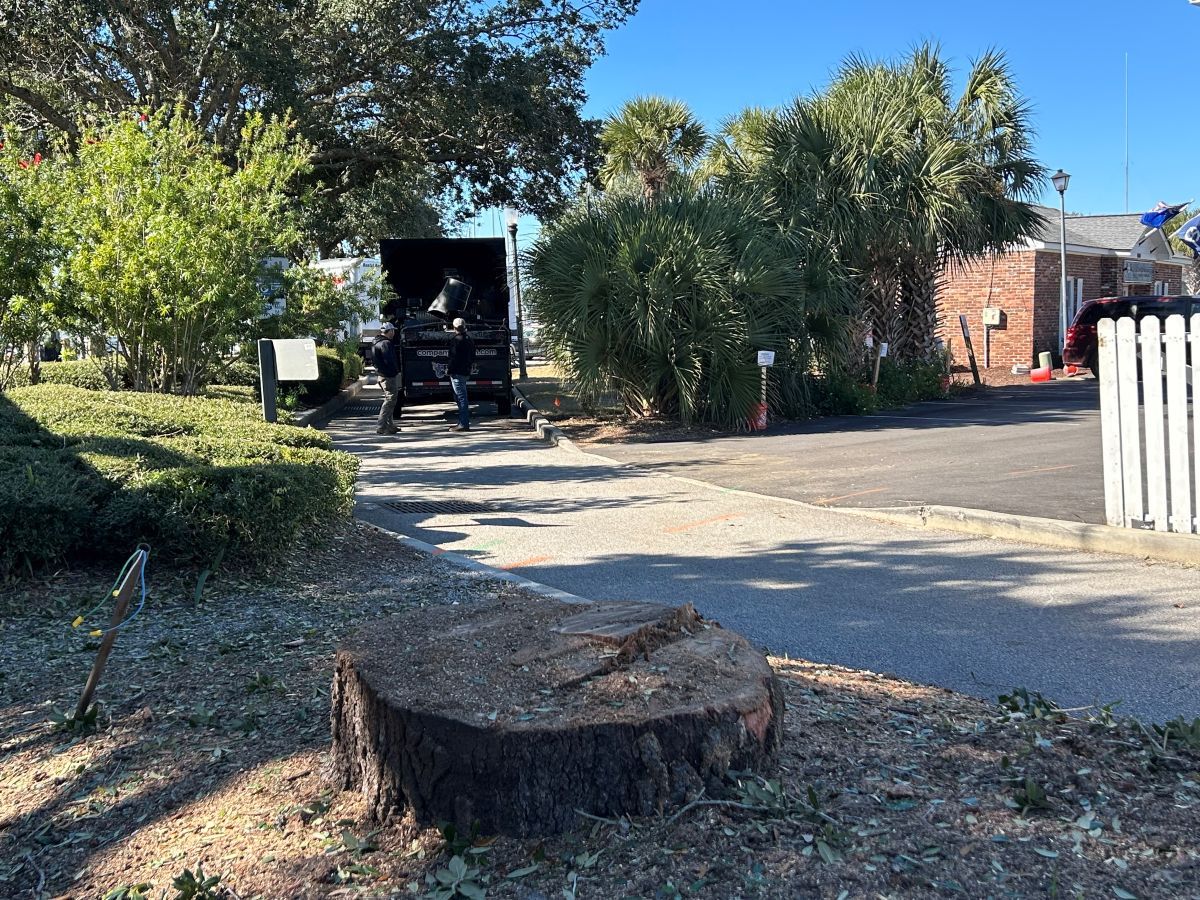Veterans sometimes ask me the following two questions:
- Should I keep submitting claims for service-connected disabilities after the VA awards me 100% service-connected disability (either under Individual Unemployability or based on a schedule determination) by the VA?
- What are the advantages and disadvantages to the veteran and his or her family of submitting claims to the VA for service-connected disabilities after the veteran is awarded 100% service-connected disability by the VA?
There are pros and cons to filing claims for disability after a veteran is awarded a 100% disability rating.
The advantages of applying after 100%.
Here are ten reasons for veterans to keep filing claims for a service-connected disability after the VA awards a veteran 100%.
- Expanded Coverage under the VA’s Foreign Medical Program (FMP). The VA’s FMP will pay for health care services, medications, and durable medical equipment for service-connected conditions and conditions associated with and held to be aggravating a service-connected condition for veterans traveling or living overseas. Read about FMP at https://bit.ly/3FafI6Y.
- Make it easier for survivors to get DIC and other benefits. Dependency and Indemnity Compensation (DIC) is a monthly benefit. It is paid to eligible survivors of: Service members who died while on active duty, active duty for training, or inactive duty training, OR Veterans who died as a result of a service-connected injury or disease, OR Veterans who did not die as a result of a service-connected injury or disease but were totally disabled by a service-connected disability: For at least 10 years before death, OR Since their release from active duty and for at least five years before death, OR For at least one year before death, if they were a former prisoner of war and died after Sept. 30, 1999.
Therefore, the more a veteran documents their disabilities and the more conditions the VA awards, the easier it is for the survivor to prove service connection death and apply for DIC. Read about DIC at https://bit.ly/3rcIrzS. Read about survivors’ benefits at https://bit.ly/3SxcNZc.
- Special Monthly Compensation (SMC). SMC is a monthly benefit for veterans who have service-connected conditions that result in severe impairment, including the loss or loss of use of extremities, blindness, the need for regular aid and attendance, and more. SMC is not necessarily based on a veteran’s average earning impairment but instead designed to compensate for non-economic factors such as personal inconvenience, social inadaptability, or the profound nature of a disability. To be eligible for any level of SMC, the condition the veteran is claiming must be service connected. Therefore, the more the veteran documents his or her disabilities and the more VA Disability awards, the more opportunity the veteran may have to claim SMC. SMC can exceed $9,000.00. Read about SMP at https://bit.ly/3zellNz.
- Specially Adapted Housing (SAH). SAH grants are awarded to veterans with certain permanent and total service-connected conditions. These grants can be used to build a specially adapted home on land to be acquired, construct a home on land already owned if it is suitable for SAH, remodel an existing home if it can be made suitable for SAH, use the grant against the unpaid principal mortgage balance of an adapted home already acquired. The SAH grant amount is set by law and may be adjusted based on the cost-of-construction index annually. As of 2022, the maximum amount allowable for SAH grants is $101,754.00. Therefore, the more the veteran documents his or her disabilities and the more VA Disability awarded, the more opportunity the veteran has to justify and claim SAH. Read about SAH at https://bit.ly/3SGUot2.
- Automobile Adaptive Equipment (AAE). AAE grants are reserved for veterans who have certain service-connected conditions and need special equipment to aid them in operating a vehicle. Such equipment includes power steering, power brakes, power windows, power seats, and special equipment necessary to assist the veteran in and out of the vehicle. Therefore, the more the veteran documents their disabilities and the more VA Disability awarded, the more opportunity the veteran may have to justify AAE. Read about AAE at https://bit.ly/3TXtXjP.
- Aid and Attendance (A&I). The need for A&I is a medical circumstance that veterans face when they require regular care from another person in order to carry out the activities of daily living. A&I are paid to veterans, their dependents, or survivors at rates higher than standard VA disability compensation. Therefore, the more service-connected disabilities and worsening conditions the veteran claims, the more evidence the veteran (or the dependents and survivors) can present to the VA as justification for A&I. Read about A&I at https://bit.ly/3sKJ5Wd.
- Total Disability Individual Unemployability (TDIU). TDIU may not be permanent and there are no guarantees IU will last forever. If the veteran fails to file his or her required annual income statements or if the VA discovers that the veteran is engaged in substantial and gainful employment, the VA could reduce the veteran’s disability rating to the combined rating that was in effect prior to the IU award. Read about TDIU at https://bit.ly/3DtUjEm.
- VA does not always award the correct disability (impairment rating) rating for each disability. The VA sometimes makes mistakes in the impairment rating that they assign for a disability claim. Read about Disability Ratings at https://bit.ly/3N2Cnns. Read about viewing your VA disability ratings at https://bit.ly/3sqqMoL.
- VA does not always grant the correct effective date. If a vet submits an INTENT TO FILE and 12 months later submits a claim, the VA has been known to make a mistake and award the disability compensation beginning on the claim date and not the intent to file date. Read about the VA decision review and appeal process at https://www.va.gov/decision-reviews/.
- Secondary Service-Connected Disabilities. Just because a veteran gets an award for a disability, they should not forget to also file a claim for any secondary conditions that were caused by the wound, injury, disease, or HAZMAT contamination. In accordance with 38 CFR § 3.310 “… disability which is proximately due to or the result of a service-connected disease or injury shall be service connected.”
Parkinsonism, Parkinson’s disease, Unprovoked seizures, Dementia, Depression, Migraines, and Diseases of hormone deficiency are some examples of secondary disabilities caused by TBI. Read about how to file a Claim at https://www.va.gov/disability/how-to-file-claim/. Veterans can read how to file an INTENT TO FILE a VA Claim at https://bit.ly/3Rzq8Qk.
The disadvantages of applying after 100%.
The VA can reduce a veteran’s disability rating. Here are four situations where a Permanent and Total (P&T) 100% disability rating can be reduced:
- Fraud. The veteran’s initial 100% P&T rating was found to be based on fraud.
- VA Can Reevaluate all of the Veteran’s Current Awards. If a veteran has a 100% P&T rating but opens a new claim for Special Monthly Compensation (SMC), the VA Rater may see that one or more conditions have improved, have that condition re-evaluated, and subsequently REDUCED.
- A new VA Claim Exam may Result in a Lower Rating for Disabilities. If a veteran has a 100% Permanent and Total rating but opens a new claim for a Specially Adapted Housing or Special Housing Adaptation grant, it will automatically TRIGGER A NEW CLAIM EXAM (Compensation and Pension Exam) for the increase. The veteran’s disability conditions could be subject to a RE-EVALUATION and REDUCTION, especially if they are not without material improvement for five years or more.
- A Clear and Unmistakable Error (CUE) is made. If a CUE for the original 100% P&T rating is found during a VA Quality Review. Under 38 Code of Federal Regulations (CFR) 3.105(a) a CUE exists if all three of the following requirements are met: (a.) either the correct facts, as they were known at the time, were not before the adjudicator, or the statutory or regulatory provisions in existence at the time were incorrectly applied; (b.) the error must be the sort which, had it not been made, would have manifestly changed the outcome at the time it was made, and (c.) the determination must be based on the record and the law that existed at the time of the prior adjudication in question.
More to consider.
The difference between a 100% rating and Permanent and Total (P&T) 100% disability is that the VA may schedule a reexamination for a veteran with a 100% service connection to see if the condition has improved, whereas a veteran who is P&T is not expected to improve and, therefore not scheduled for further evaluation.
The VA will award a permanent rating for a condition that is not expected to improve or change within the veteran’s lifetime. The VA applies this rating to conditions like losing a limb, terminal cancer, or a long-term illness. A permanent rating means there is no need for the VA to re-evaluate the condition because it won’t change. Because the condition won’t change, the rating and payment also remain the same for the veteran’s life – unless one of the four disadvantages that are discussed above come into play.
The bottom line.
Veterans should consult their VSO, VA Accredited Attorney, or VA Accredited Claims Agent for advice on filing claims for disability. Should a veteran put an existing service-connected rating of 100% at risk by filing claims for newly found service-connected disabilities (caused injuries, wounds, illnesses, and hazardous material contaminations while serving) or not is a complicated question. From an informal survey of several VSOs in SC, “VSOs tend to recommend against filing claims for disability after a veteran has reached a 100% service-connected disability rating from the VA.”
However, if a veteran has a VA 100% rating based on conditions that are unlikely to improve or likely to worsen or if the veteran is terminally ill, it may be smart for the veteran to submit disability claims to the VA after he or she has received a VA 100% disability rating.
Larry Dandridge is a Vietnam War wounded warrior, disabled veteran, ex-Enlisted Infantryman, ex-Warrant Officer Pilot, and retired Lt. Colonel. He is a past Veterans Service Officer, a Patient Adviser at the RHJ VA Hospital, the Fisher House Charleston Good Will Ambassador, and the VP for Veteran Affairs for the local Army Association Chapter. Larry is the author of the award-winning book Blades of Thunder and a contributing freelance writer with the Island News. Contact him at LDandridge@earthlink.net or 843-276-7164.







